Product Overview
† commercial product
Spironolactone is a potassium-sparing diuretic. In patients with severe heart failure (NYHA Class IV), spironolactone has been shown to improve overall survival and NYHA functional class, and to reduce hospitalizations when added to conventional therapy (e.g., ACE inhibitor, loop diuretic, digoxin).[1] It is frequently used to treat ascites associated with cirrhosis and also has been used as a diagnostic aid for primary hyperaldosteronism. It is also used to treat hypokalemia. Compared to thiazide or loop diuretics, it is a relatively weak agent for treating hypertension or generalized edema, although its effects can be additive with thiazide diuretics. While not FDA-approved indications, acne vulgaris, polycystic ovary syndrome, and female hirsutism have been treated with spironolactone. Spironolactone was approved by the FDA in 1960.
Spironolactone inhibits the effects of aldosterone on the distal renal tubules. Unlike amiloride and triamterene, spironolactone exhibits its diuretic effect only in the presence of aldosterone, and these effects are enhanced in patients with hyperaldosteronism. Aldosterone antagonism enhances sodium, chloride, and water excretion, and reduces the excretion of potassium, ammonium, and phosphate. Spironolactone does not inhibit renal transport mechanisms or carbonic anhydrase activity. In addition, spironolactone acts as an androgen receptor blocker by competitively inhibiting dihydrotestosterone at its receptor sites, and at high doses, spironolactone interferes with steroid synthesis in the adrenal glands and gonads. Sebum excretion rates also are reduced in a dose-dependent manner with spironolactone.
Spironolactone is a poor antihypertensive, but it does have modest hypotensive effects. The hypotensive mechanism of spironolactone is unknown. It is possibly due to the ability of the drug to inhibit aldosterone’s effect on arteriole smooth muscle. Spironolactone also can alter the extracellular-intracellular sodium gradient across the membrane. In general, diuretics lower blood pressure by initially decreasing cardiac output and reducing plasma and extracellular fluid volume. Cardiac output and extracellular fluid volume eventually return to normal, but peripheral resistance is reduced, resulting in lower blood pressure. In general, diuretics worsen glucose tolerance and exert detrimental effects on the lipid profile.
Spironolactone is contraindicated in patients with hyperkalemia, Addison’s disease (chronic adrenal insufficiency), or other conditions associated with hyperkalemia and should not be administered to those who are receiving other potassium-sparing agents.[2][5] The Endocrine Society guidelines on the diagnosis and treatment of primary adrenal insufficiency state that use of aldosterone antagonists, such as spironolactone, are contraindicated in patients with adrenal insufficiency (Addison’s disease). Hyperkalemia stimulates aldosterone production and aldosterone, in turn, enhances sodium and water reabsorption in exchange for potassium excretion in the distal tubule and collecting duct of the kidney. In Addison’s disease, aldosterone deficiency results in hyponatremia, hypovolemia, hypotension and hyperkalemia. Thus, spironolactone therapy will exacerbate the hyponatremia, hypovolemia, hypotension and hyperkalemia seen in adrenal insufficiency and worsen the signs and symptoms of the disease.[6][7][8] Spironolactone-induced hyperkalemia can cause life-threatening cardiac arrhythmias, and it is more likely to occur in patients with impaired renal function or diabetes mellitus. Excessive diuresis may cause symptomatic dehydration, hypotension, and worsening renal function. Spironolactone tablets are contraindicated in patients with anuria or any renal disease associated with severe renal impairment (CrCl less than 10 mL/minute) or acute renal failure. Monitor serum potassium and renal function 3 days and 1 week after initiation or dosage increase, monthly for 3 months, quarterly for a year, and every 6 months thereafter. Monitor volume status periodically. Patients receiving spironolactone should not receive potassium supplementation or increase their dietary intake of potassium unless they have refractory hypokalemia. In adults, the risk of hyperkalemia increases progressively when serum creatinine exceeds 1.6 mg/dL; the threshold for pediatric patients is unknown. In adults, spironolactone should be discontinued if the serum creatinine is greater than 4 mg/dL or serum potassium is greater than 5 mEq/L. Spironolactone may cause a transient elevation of BUN, especially in patients with preexisting renal impairment. The precaution for spironolactone in patients with diabetes mellitus is primarily due to the risk of hyperkalemia and not the risk of inducing hyperglycemia, which may occur with thiazide or loop diuretics.[2][9][5]
Spironolactone causes hyperkalemia and can cause life-threatening cardiac arrhythmias. Signs and symptoms of hyperkalemia include muscle weakness, paresthesias, fatigue, flaccid paralysis of the extremities, sinus bradycardia, shock, and electrocardiogram (ECG) changes. Patients who receive potassium supplements or patients with impaired renal function who are also receiving spironolactone therapy are particularly at risk for developing hyperkalemia. Monitor serum potassium and renal function 3 days and 1 week after initiation of therapy or dose increase, monthly for 3 months, quarterly for a year, and every 6 months thereafter. If hyperkalemia occurs, decrease the dose or discontinue spironolactone. In adults, spironolactone should be discontinued if serum creatinine is greater than 4 mg/dL or serum potassium is greater than 5 mEq/L; pediatric-specific recommendations are not available. In cases of severe hyperkalemia, urgent measures such as the administration of intravenous calcium, sodium bicarbonate, glucose, and a rapid-acting insulin may be necessary; persistent hyperkalemia may require dialysis.[2][9][5]
Spironolactone can cause hyponatremia, hypomagnesemia, hypocalcemia, hypochloremic metabolic alkalosis, and hyperglycemia. Asymptomatic hyperuricemia can also occur; rarely, gout is precipitated. Monitor serum electrolytes, uric acid, and blood glucose periodically. Electrolyte abnormalities other than hyperkalemia may be more likely when spironolactone is used in combination with other diuretic therapy. Dilutional hyponatremia, which can present as dry mouth, thirst, lethargy, and drowsiness, may also occur in edematous patients during hot weather; appropriate therapy includes water restriction rather than sodium administration except in rare cases of life-threatening hyponatremia.[2][5]
A reversible hyperchloremic metabolic acidosis can occur in patients with decompensated hepatic cirrhosis who are receiving spironolactone. This effect is usually associated with hyperkalemia and can occur regardless of renal function.[2]
Spironolactone is similar in structure to steroid compounds and can produce some of the same adverse effects. In males, spironolactone may cause gynecomastia; this effect is usually dose-related with an onset that varies widely from 1 to 2 months to over a year. Gynecomastia is usually reversible. Impotence (erectile dysfunction) has been reported in with spironolactone therapy. Females taking spironolactone may experience menstrual irregularity, including postmenopausal bleeding, breast tenderness or mastalgia, hirsutism, deepened voice, and amenorrhea. Such endocrine effects may produce a medication-induced infertility. These effects usually are reversible after discontinuance of therapy. Libido decrease has also been reported with spironolactone.[2][5]
While a cause-and-effect relationship has not been established for development of a new primary malignancy, breast cancer has been reported in adults receiving spironolactone. In addition, the tablet product label carries a boxed warning stating that spironolactone is a tumorigen in rats. However, human data are not available to describe the potential for tumorigenicity secondary to use.[2]
Adverse GI effects reported during spironolactone therapy include nausea, vomiting, cramping, diarrhea, gastritis, abdominal pain, gastric bleeding, and ulceration.2
Adverse nervous system effects that have been reported in patients receiving spironolactone therapy include headache, dizziness, drowsiness, lethargy, ataxia, and mental confusion. Muscular weakness may be a sign of drug-induced hyperkalemia.[2]
Excessive diuresis may cause symptomatic dehydration, hypovolemia, hypotension, and worsening renal function including renal failure (unspecified). Transient increases in BUN may occur during spironolactone therapy, especially in patients with renal impairment. Monitor volume status and renal function periodically.[2][5] In addition, due to the diuretic action of spironolactone, polyuria can be troublesome for some patients during therapy.
Hypersensitivity reactions such as fever, urticaria, erythema, maculopapular rash, erythematous cutaneous eruptions, vasculitis, and anaphylactoid reactions may occur during therapy with spironolactone. Stevens-Johnson syndrome, toxic epidermal necrolysis, Drug Reaction with Eosinophilia and Systemic Symptoms (DRESS), alopecia, chloasma, and pruritus have also been reported with spironolactone therapy.[2][5]
Leukopenia, including agranulocytosis, and thrombocytopenia have been reported during spironolactone therapy.[2]
A few cases of mixed cholestatic/hepatocellular toxicity, including one report of hepatic failure resulting in death, have been reported with spironolactone administration.[2]
Muscle cramps (leg cramps) have been reported in patients taking spironolactone.[2]
Avoid spironolactone in pregnancy or advise pregnant women of the potential risk to a male fetus. Because of its anti-androgenic activity and the requirement of testosterone for male morphogenesis, spironolactone may have the potential for adversely affecting sex differentiation of the male during embryogenesis. Animal studies report feminization of male fetuses and endocrine dysfunction in females exposed to spironolactone in utero. Animal offspring exposed to spironolactone during late pregnancy exhibited changes in the reproductive tract, including dose-dependent decreases in weights of the ventral prostate and seminal vesicle in males, ovaries and uteri that were enlarged in females, and other indications of endocrine dysfunction that persisted into adulthood. Limited data from published case reports and case series did not demonstrate an association between major malformations or other adverse pregnancy outcomes with spironolactone use.[5]
Spironolactone is not present in breastmilk; however, canrenone, the major metabolite of spironolactone, does appear in breastmilk in low amounts that are not expected to be clinically relevant. Data from a breastfeeding woman at 17 days postpartum did not indicate any adverse effects on the breastfed infant; long term effects on a breastfed infant are unknown. There are no data on the effects of spironolactone on milk production. Consider the developmental and health benefits of breastfeeding along with the mother’s clinical need for spironolactone and any potential adverse effects on the breastfed child from spironolactone or from the underlying maternal condition.[5] Previous American Academy of Pediatrics recommendations classified spironolactone as usually compatible with breastfeeding.[10]
Store this medication in its original container at 68°F to 77°F (20°C to 25°C) and away from heat, moisture and light. Keep all medicine out of the reach of children. Throw away any unused medicine after the beyond use date. Do not flush unused medications or pour down a sink or drain.
- Pitt B, Zannad F, Remme WJ. The effect of spironolactone on morbidity and mortality in patients with severe heart failure. N Engl J Med 1999;341:709-717.
- Aldactone (spironolactone) package insert. New York, NY: G.D. Searle LLC Division of Pfizer Inc.; 2020 Jun.
- van der Vorst MMJ, Kist JE, van der Heijden AJ, et al. Diuretics in pediatrics: current knowledge and future prospects. Paediatr Drugs 2006: 8(4); 245-64.
- Karim A. Spironolactone: disposition, metabolism, pharmacodynamics, and bioavailability. Drug Metab Rev 1978;8:151-88.
- Carospir (spironolactone) oral suspension package insert. Farmville, NC: CMP Pharma, Inc.;2021 Jun.
- Bornstein SR, Allolio B, Arlt W, et al. Diagnosis and treatment of primary adrenal insufficiency: an Endocrine Society clinical practice guideline. J Clin Endocrinol Metab. 2016;101:364-389.
- Esposito D, Pasquali D, Johannsson G. Primary adrenal insufficiency: managing mineralocorticoid replacement therapy. J Clin Endocrinol Metab. 2018;103:376-387.
- Inder WJ, Meyer C, Hunt PJ. Management of hypertension and heart failure in patients with Addison’s disease. Clin Endocrinol. 2015;82:789-792.
- Hunt SA, Abraham WT, Chin MH, et al. 2009 Focused Update Incorporated into the ACC/AHA 2005 Guidelines for the Diagnosis and Management of Heart Failure in Adults. Circulation 2009;119:e391-e479.
- American Academy of Pediatrics (AAP) Committee on Drugs. Transfer of drugs and other chemicals into human milk. Pediatrics 2001;108(3):776-789.
503A vs 503B
- 503A pharmacies compound products for specific patients whose prescriptions are sent by their healthcare provider.
- 503B outsourcing facilities compound products on a larger scale (bulk amounts) for healthcare providers to have on hand and administer to patients in their offices.
Frequently asked questions
Our team of experts has the answers you're looking for.
A clinical pharmacist cannot recommend a specific doctor. Because we are licensed in all 50 states*, we can accept prescriptions from many licensed prescribers if the prescription is written within their scope of practice and with a valid patient-practitioner relationship.
*Licensing is subject to change.
Each injectable IV product will have the osmolarity listed on the label located on the vial.

Given the vastness and uniqueness of individualized compounded formulations, it is impossible to list every potential compound we offer. To inquire if we currently carry or can compound your prescription, please fill out the form located on our Contact page or call us at (877) 562-8577.
We source all our medications and active pharmaceutical ingredients from FDA-registered suppliers and manufacturers.

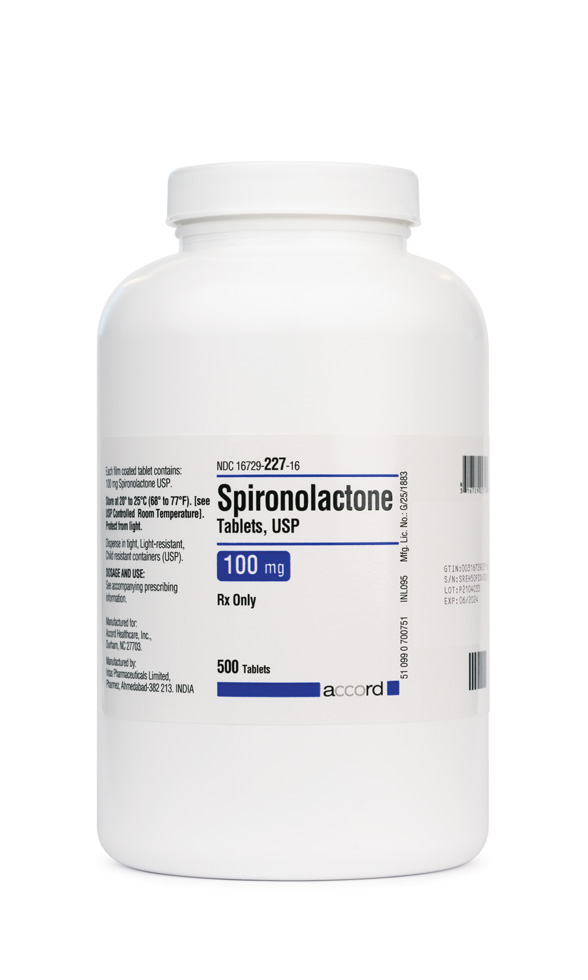
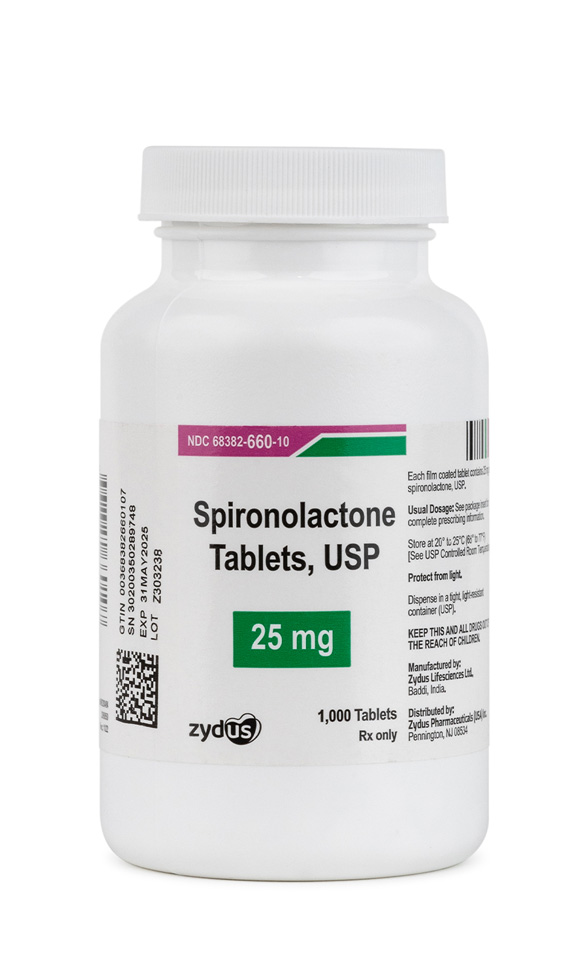
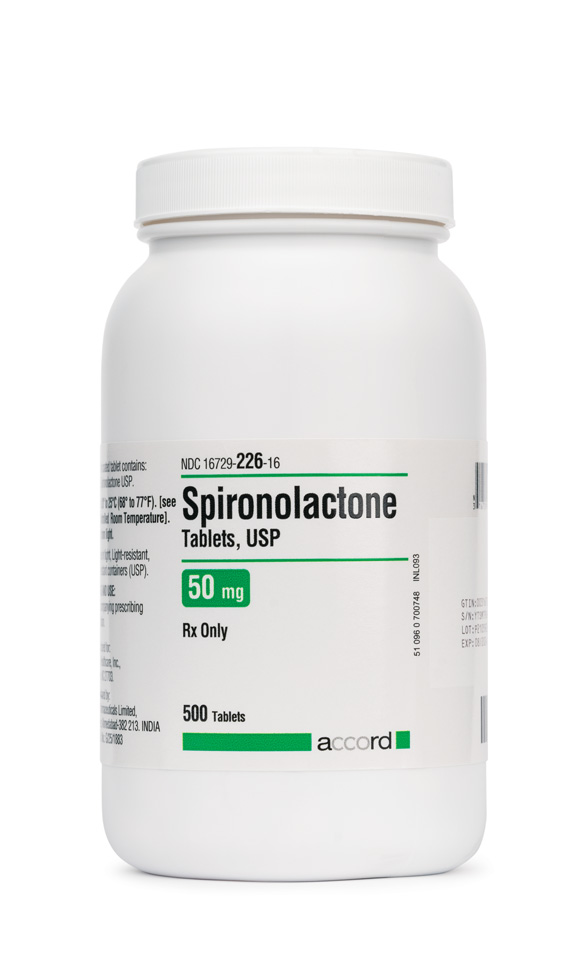
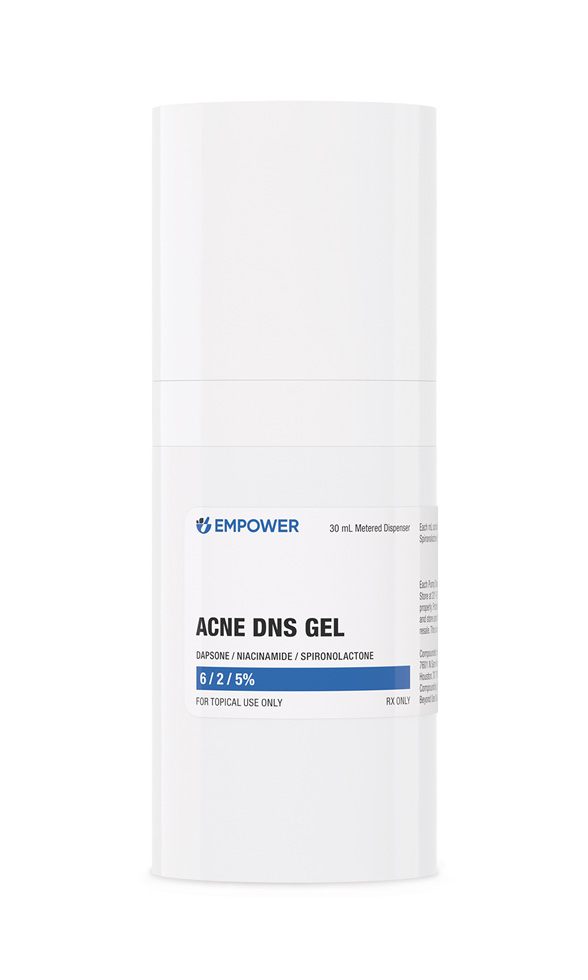 Acne DNS Gel
Acne DNS Gel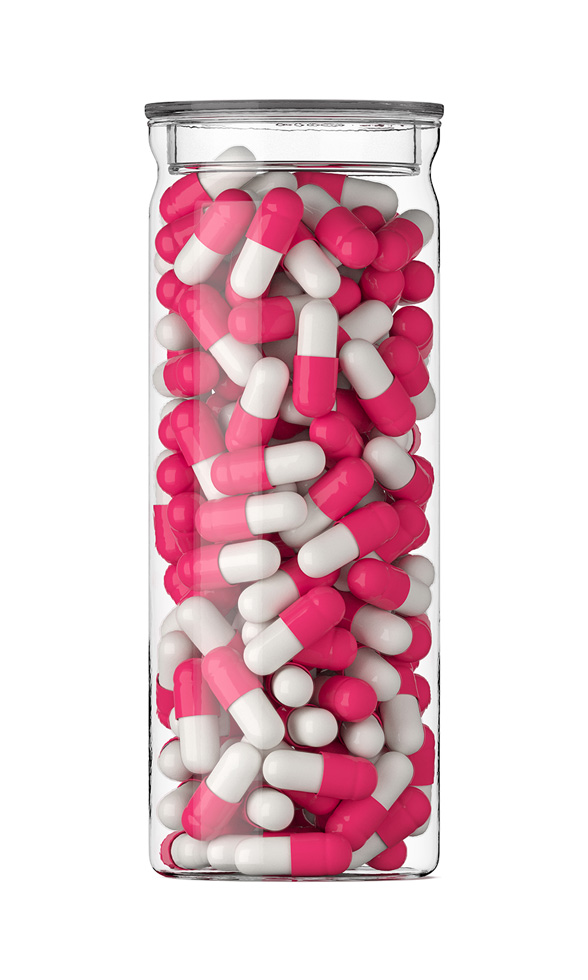 Biotin / Minoxidil / Spironolactone Capsules
Biotin / Minoxidil / Spironolactone Capsules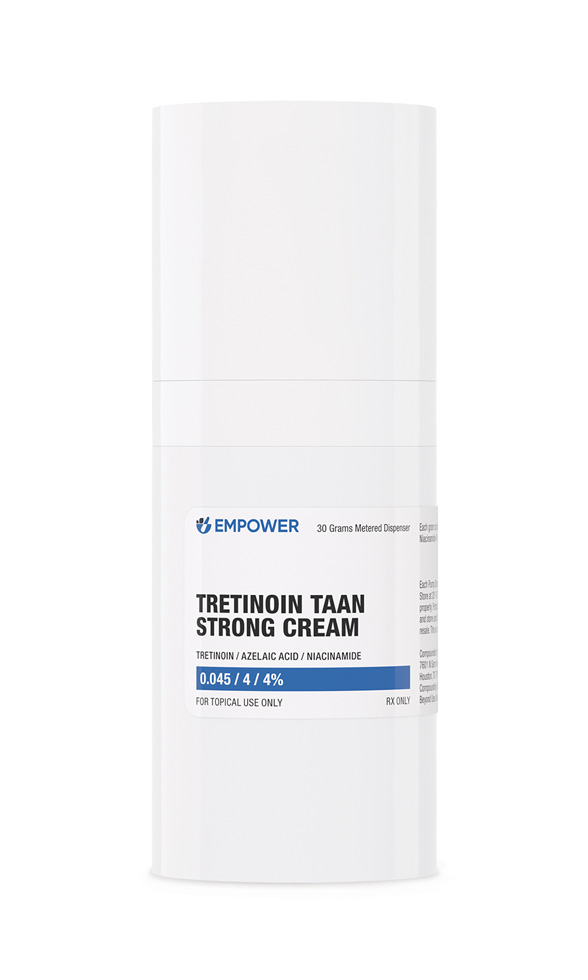 Tretinoin TAAN Cream
Tretinoin TAAN Cream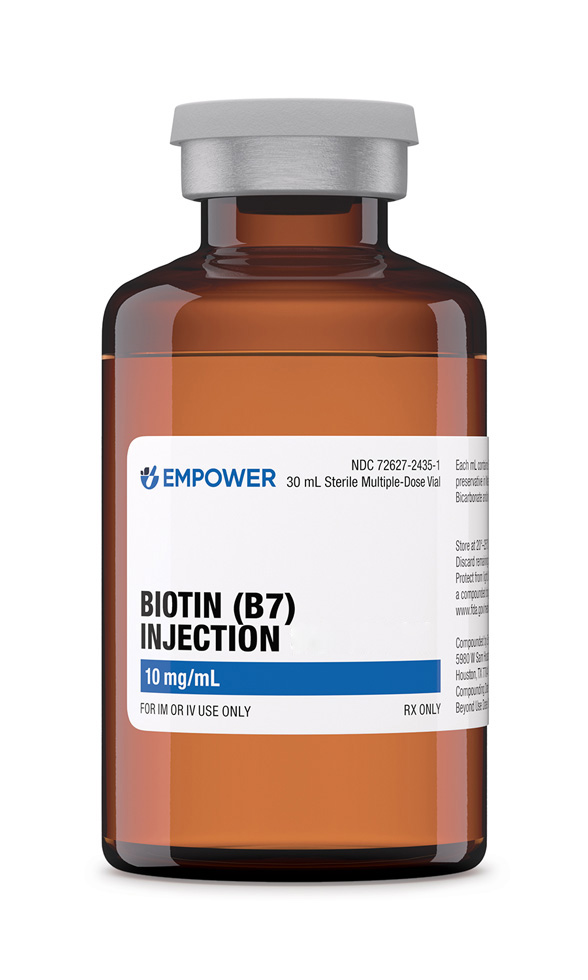 Biotin (Vitamin B7) Injection
Biotin (Vitamin B7) Injection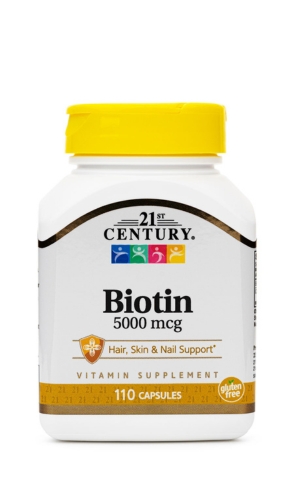 Biotin Capsules
Biotin Capsules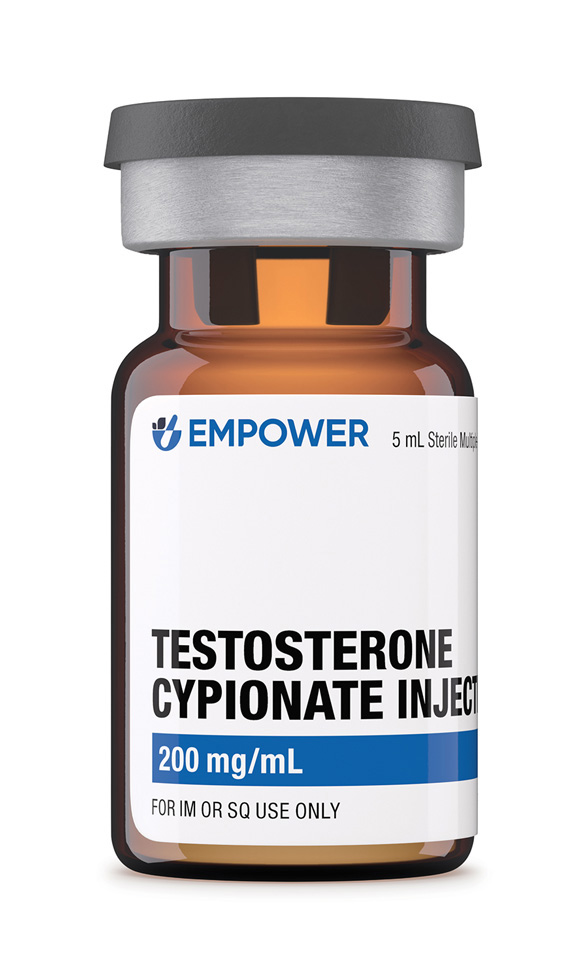 Testosterone Cypionate Injection
Testosterone Cypionate Injection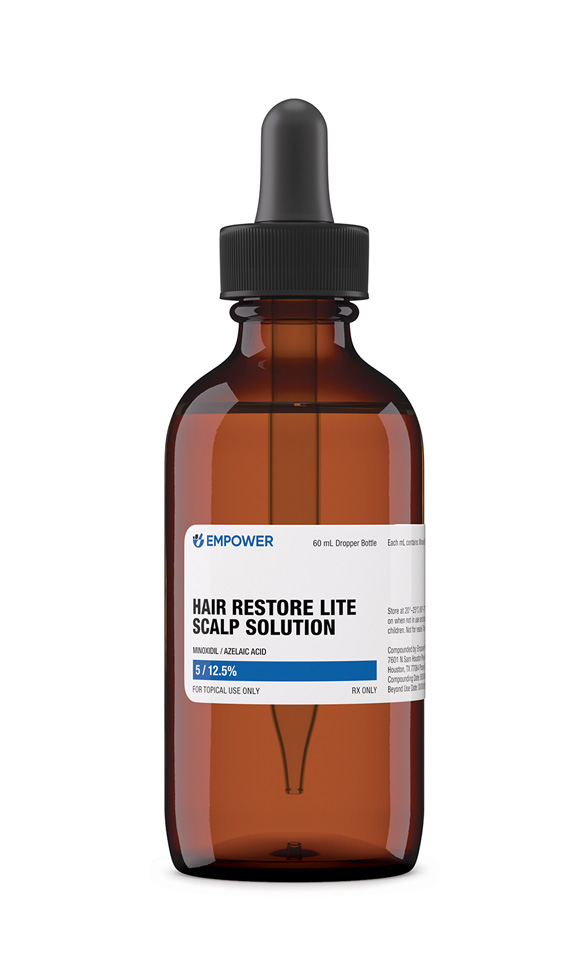 Hair Restore Lite Scalp Solution
Hair Restore Lite Scalp Solution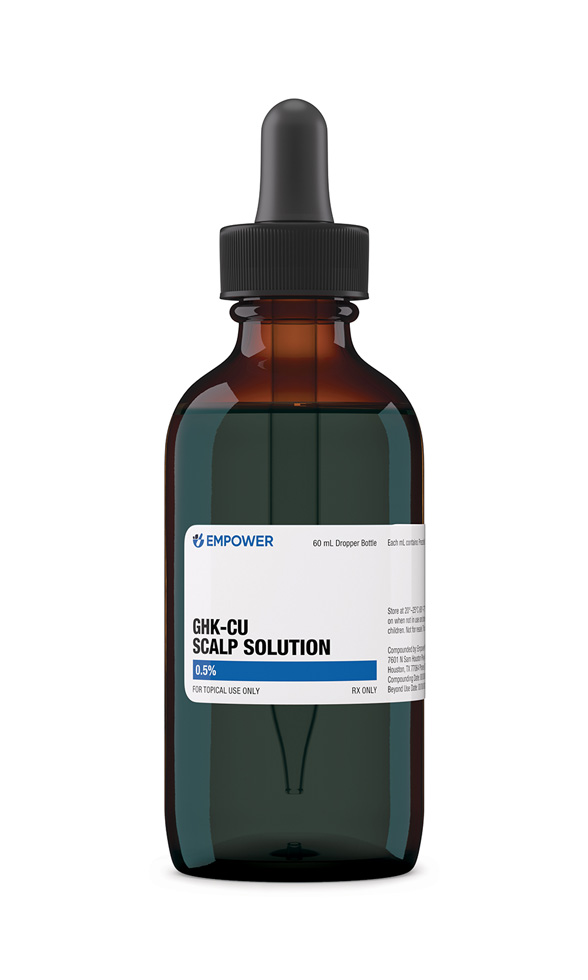 GHK-Cu Scalp Solution
GHK-Cu Scalp Solution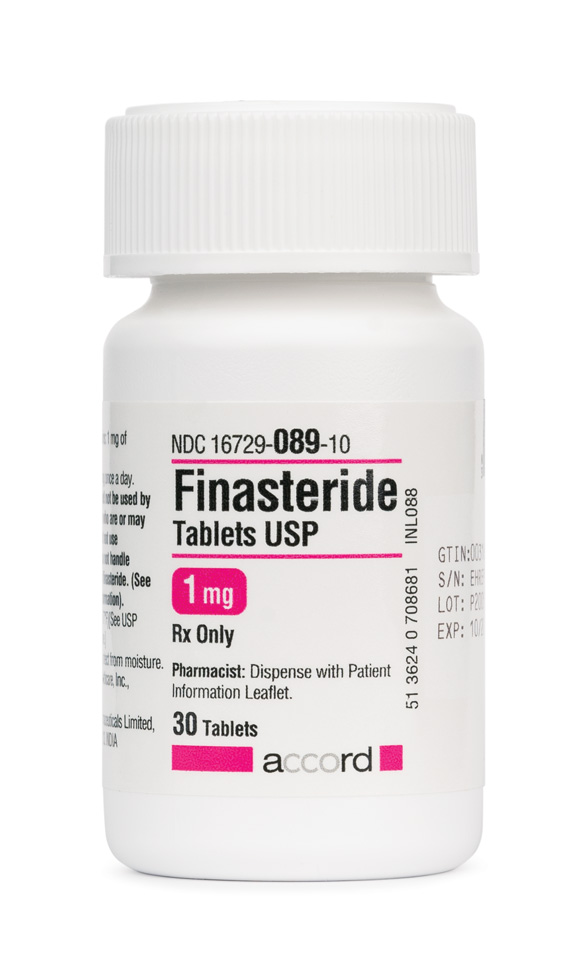 Finasteride Tablets
Finasteride Tablets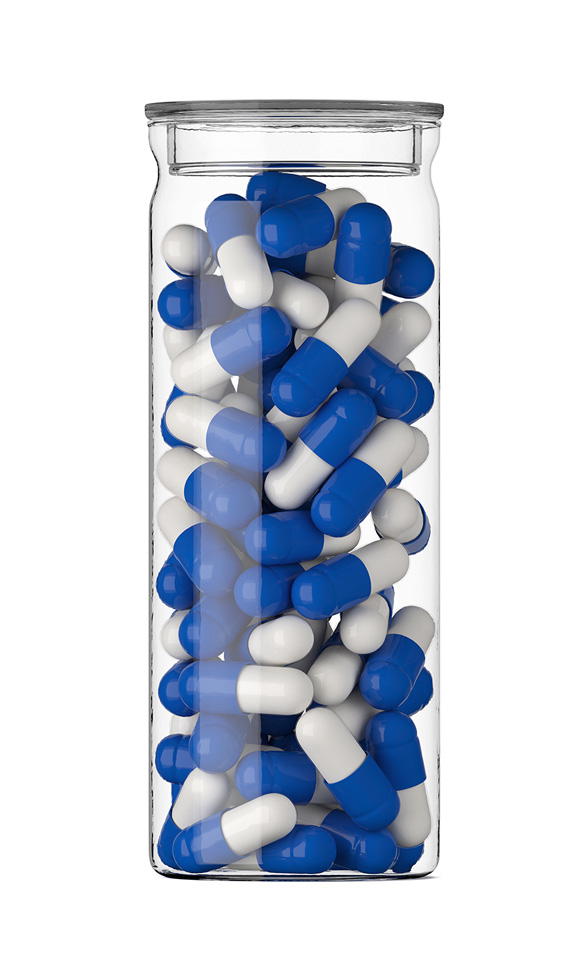 Enclomiphene Citrate Capsules
Enclomiphene Citrate Capsules